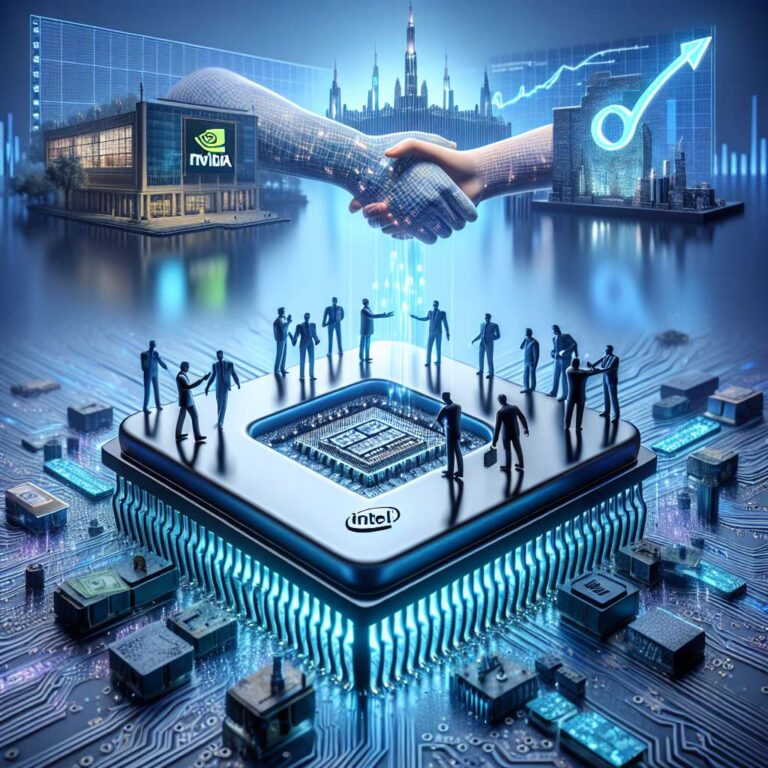Intel, once the industry’s dominant chipmaker, has stumbled in recent years amid manufacturing delays and a failure to capitalize on growth areas such as Artificial Intelligence, data centers and gaming. Its recent results reflect the strain, with a larger net loss year over year in the second quarter and essentially flat revenue, even as rivals gained share. After prolonged underperformance, the company is now pursuing a multi-pronged reset intended to restore competitiveness and investor confidence.
CEO Lip-Bu Tan outlined a plan for a fundamental transformation focused on transparency and execution. Intel will cut its workforce by 15 percent, or roughly 25,000 jobs, by the end of 2025, targeting a leaner organization of about 75,000 employees. The company is also mandating a four-day-a-week return to the office to bolster collaboration and shutting its underperforming automotive business. Leadership frames these moves as short-term pain to rebuild a more focused and accountable operation.
Partnerships are central to the new playbook. Intel has sought collaborations across the industry, including outreach to Apple, and announced a landmark deal with Nvidia that includes an equity investment for an estimated 4 percent stake once new shares are issued. The news sent Intel shares up 22 percent in a single session on September 18, while Nvidia rose 3.5 percent. The companies plan to link their architectures via Nvidia NVLink, pair Nvidia’s accelerated computing with Intel CPUs, and jointly target data centers with Nvidia-custom x86 CPUs built by Intel. For PCs, Intel will produce x86 system-on-chips that integrate Nvidia RTX GPU chiplets, aiming to deliver tightly coupled CPU-GPU offerings. The investment is framed as helping alleviate supply constraints and meeting surging demand for Artificial Intelligence and high-performance computing.
The turnaround is also buoyed by political and institutional support. The White House has intervened to back Intel, citing the strategic importance of semiconductors in the U.S.-China technology rivalry. In August, the Trump administration invested for a 10 percent stake in Intel under the CHIPS Act, and SoftBank Group also invested, underscoring confidence in the recovery plan and the company’s role in securing supply chains and national security.
Momentum has shown up in the stock, which is up more than 67 percent year to date. The shares rallied 91 percent from a low on August 1 to an intraday peak on September 26, breaking out of a year-long consolidation that suggests a potential trend reversal. While the Nvidia deal appears especially significant for putting Intel back into the Artificial Intelligence race, execution remains critical. Intel still needs to deliver competitive products in Artificial Intelligence and high-performance computing while managing a complex restructuring. Even so, the combination of new partnerships, public and private backing, and secular demand for semiconductors could mark an inflection point for the company.

